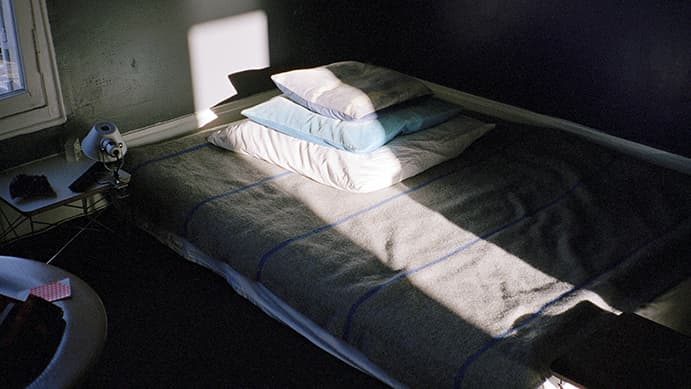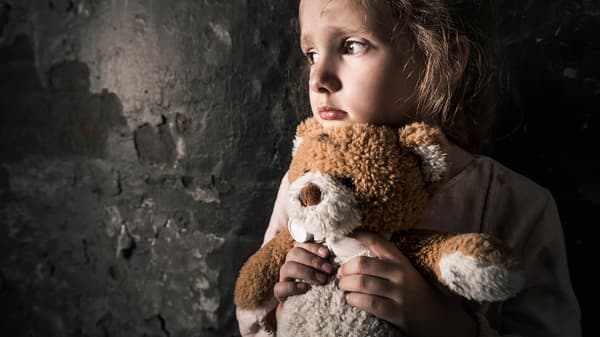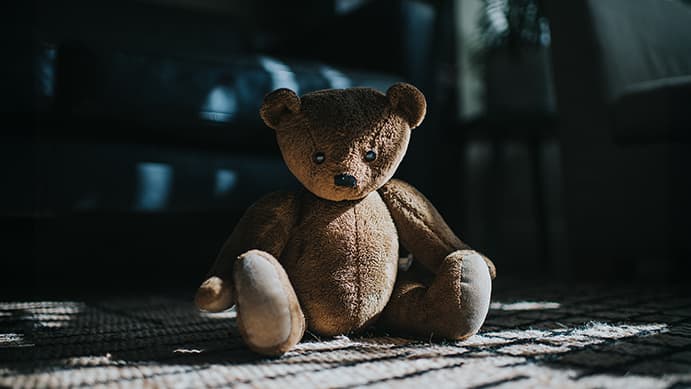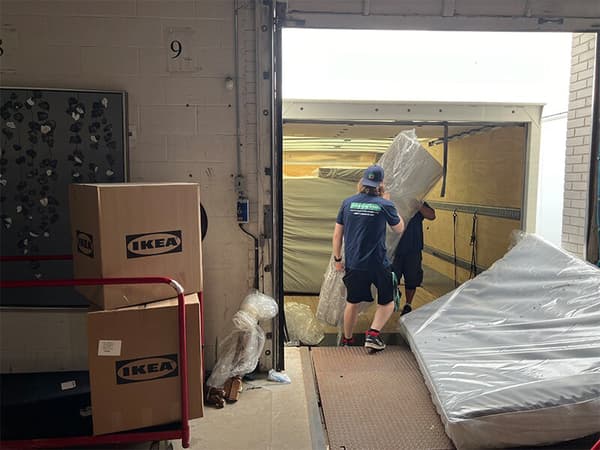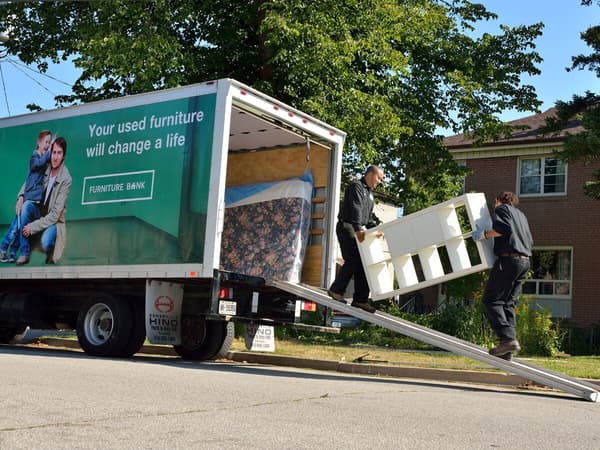IKEA Sleepless Lamp

Tonight, nearly 500,000 children will sleep: On. Off. On. Off.
Even in a country as prosperous as Canada, sleep poverty affects more families than you can imagine. Children are especially vulnerable. Some make do with broken beds. Many with no bed at all. Their sleep data powers this IKEA lamp. If its light is erratic, it’s because so is their rest.
IKEA is working with Furniture Bank to change a crisis that is often hidden behind closed doors. In addition to committing $300,000 to Furniture Bank over three years, we will provide 1,200 Sleep Well Kits—including beds, bedding, and other sleep essentials—to children in need this year. More children need help. That’s why we’re calling on government to allocate funds to help end sleep poverty.
The lack of sleep impacts children in more ways than one
Our IKEA Sleep Report 2025 reveals that one in three Canadians feel tired almost every day, and those struggling financially experience 15% poorer sleep quality than the average Canadian, signaling a hidden nationwide sleep crisis. Sleep poverty disproportionately affects children in lower-income households, where poor sleep environments and lack of resources exacerbate sleep challenges.
of children
of adolescents
rise in feelings
The big problem to little sleep
Sleep poverty in Canada and its impact on children
Overall impact of IKEA Canada x Furniture Bank partnership
The partnership between IKEA Canada and Furniture Bank has demonstrated the power of combining social impact with circular economy principles. To date, we have enabled Furniture bank to reuse, resupply, and reduce:
Reuse
*in-kind total value of approximately $4 million
¹Furniture Bank 2025 Impact Report
²Sleep and children: the impact of lack of sleep on daily life – The Douglas Research Centre
³Carson, V. et al. Associations between sleep duration, sedentary time, physical activity, and health indicators among Canadian children and youth using compositional analyses. Applied Physiology, Nutrition, and Metabolism, 2016, 41(6 (Suppl. 3)): S294-S302, https://doi.org/10.1139/apnm-2016-0026
